Find Any Kiosk Machine You Need And Contact Lean Kiosk Now
All Products
Select Any Product
- Request A Quote Now

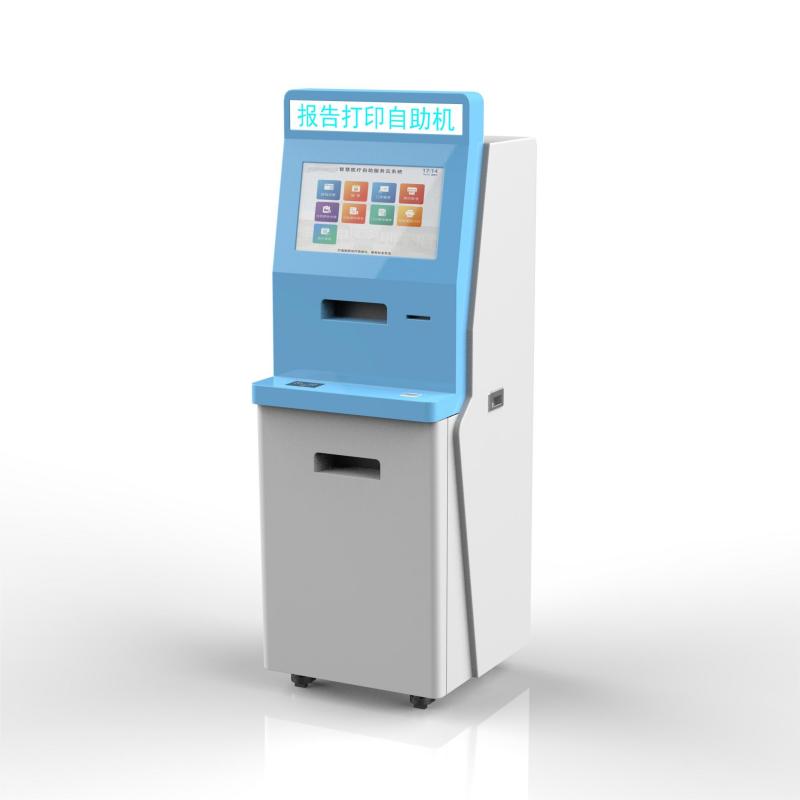
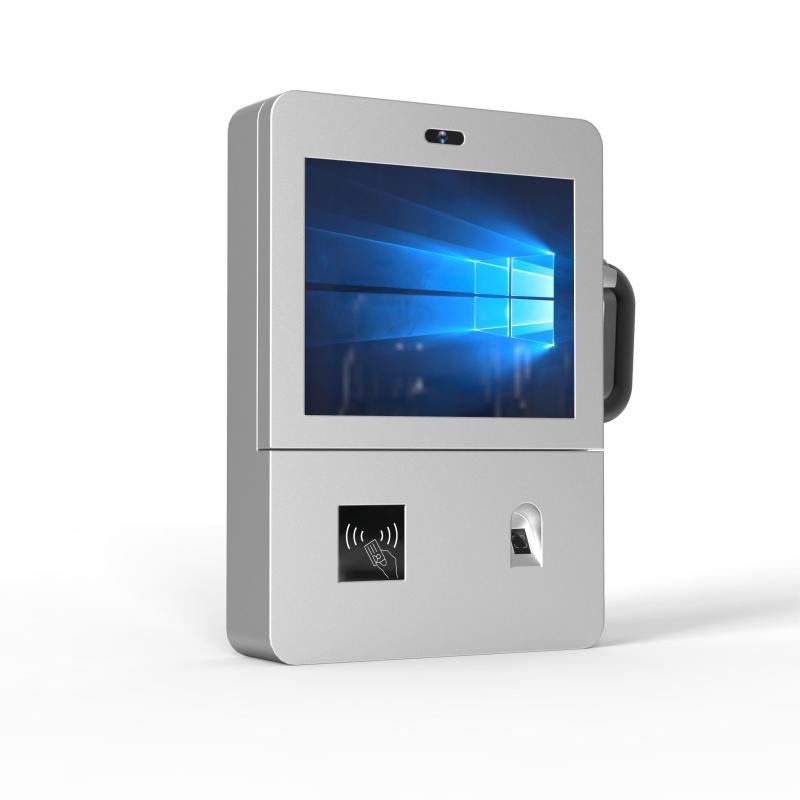
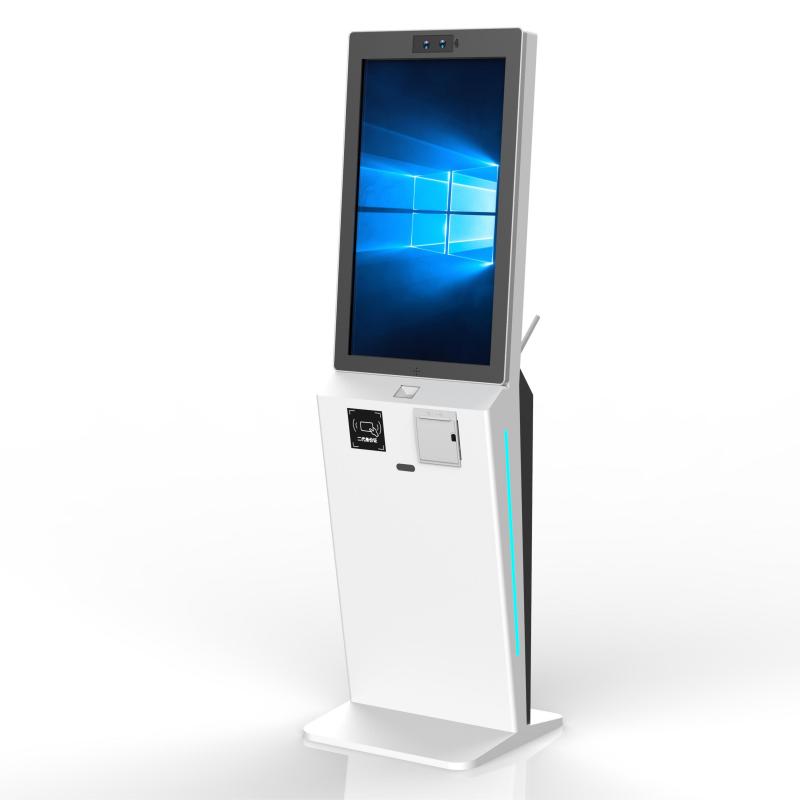
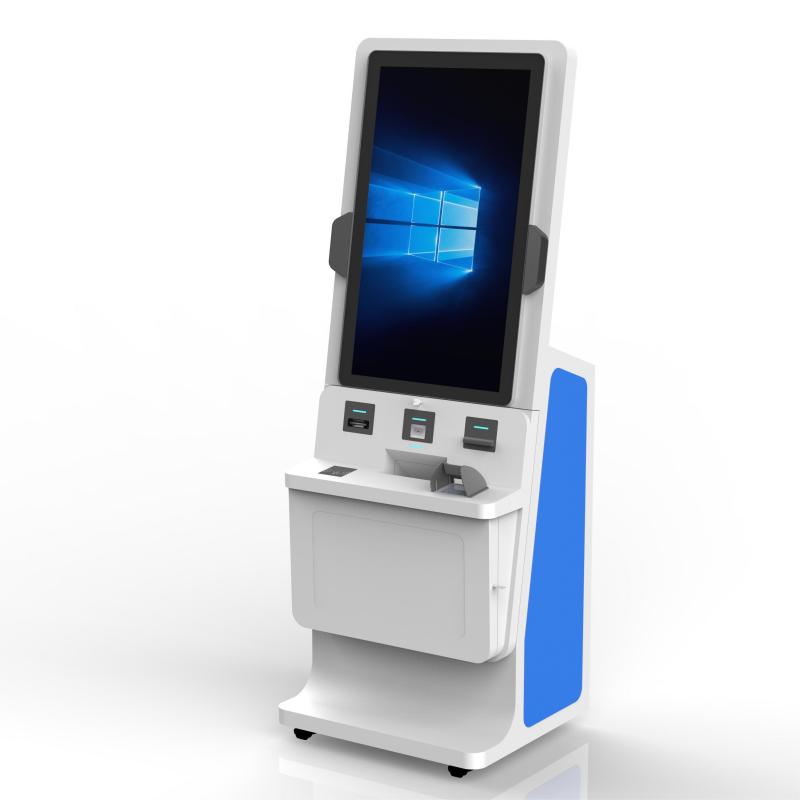
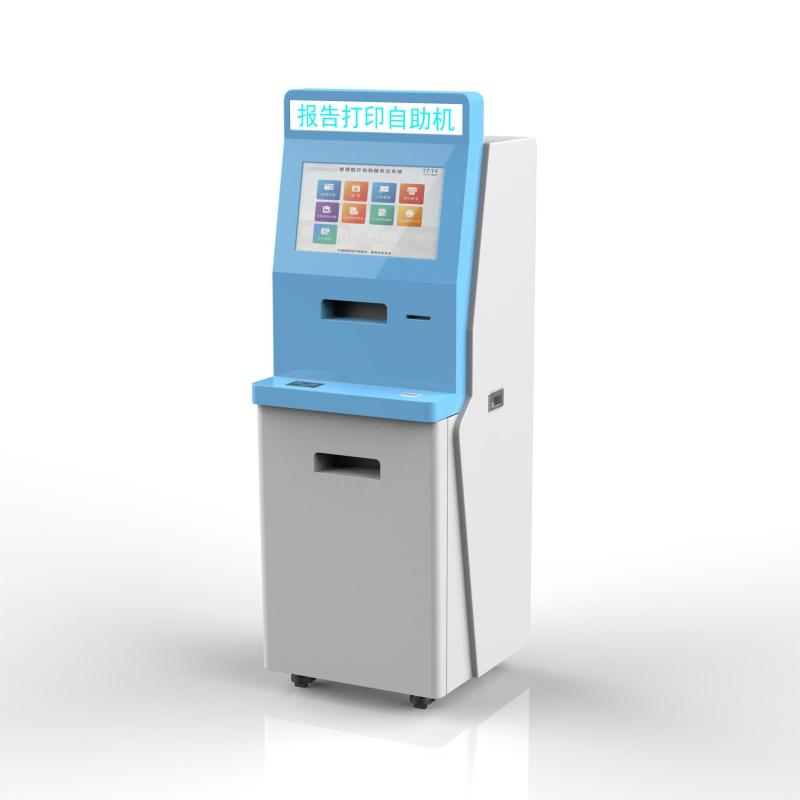

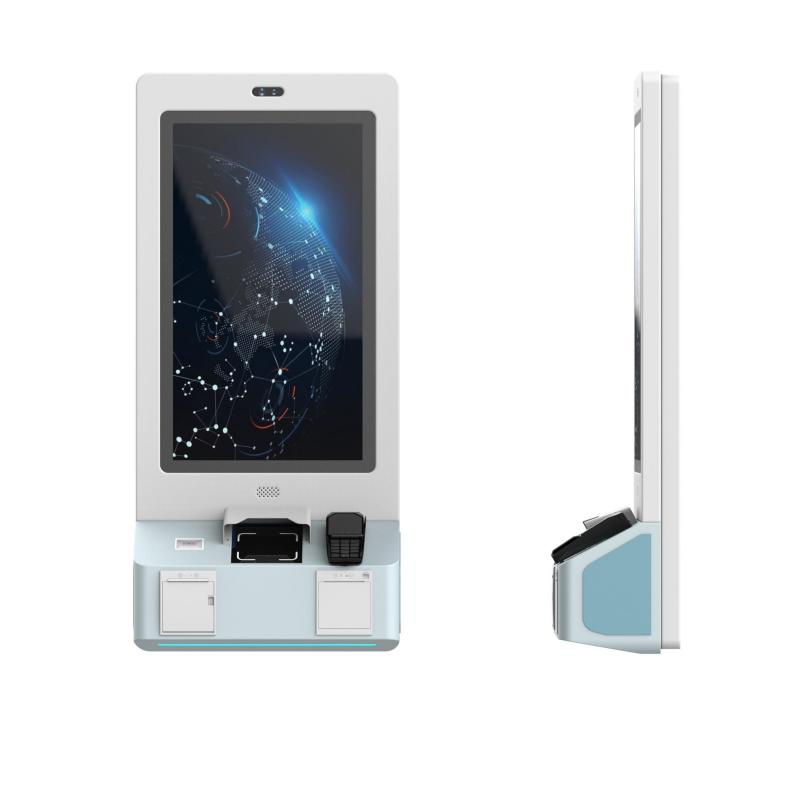
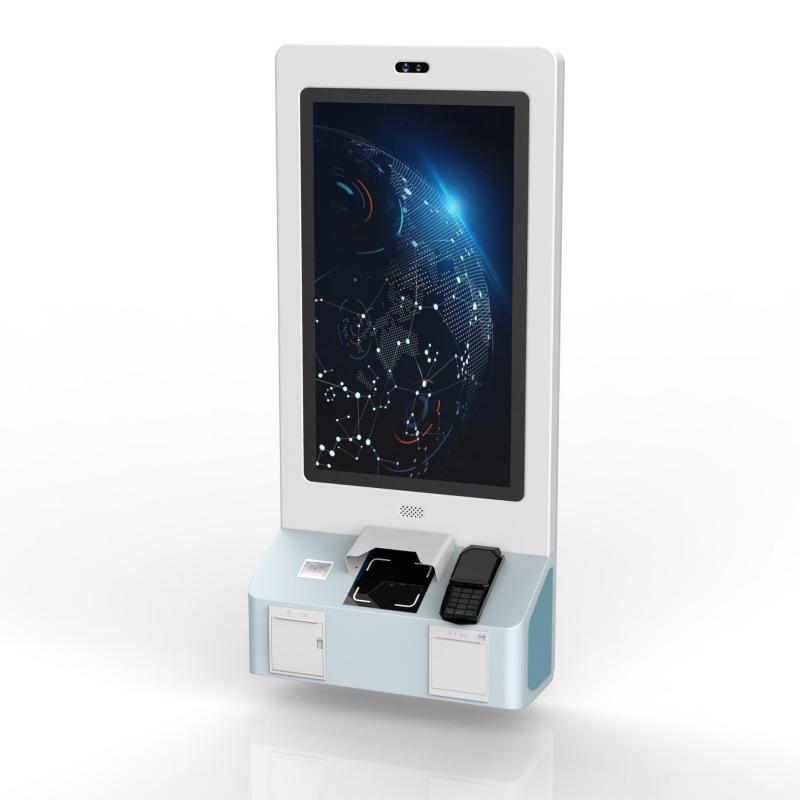
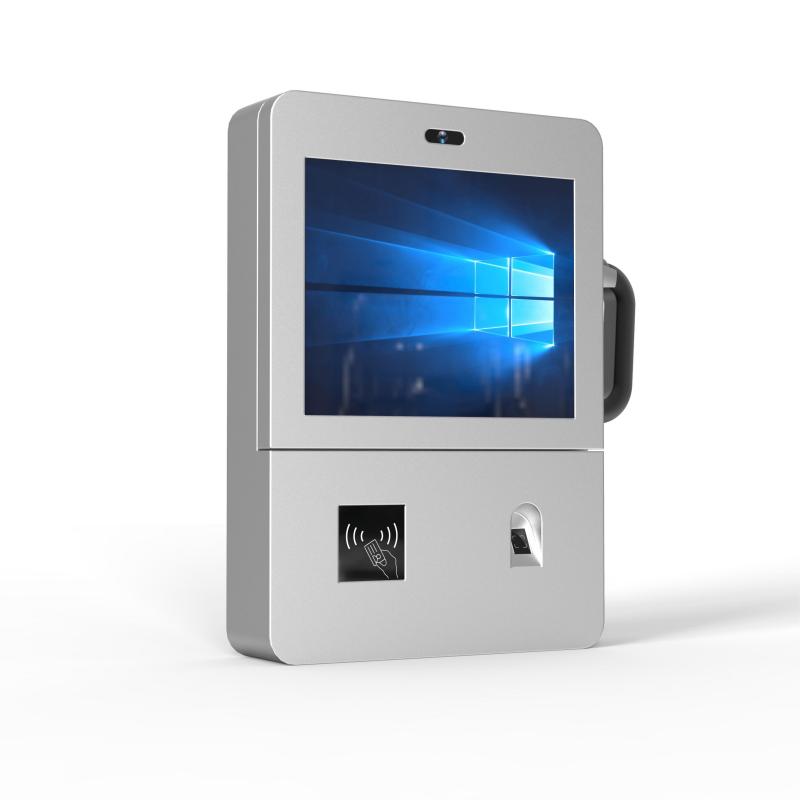

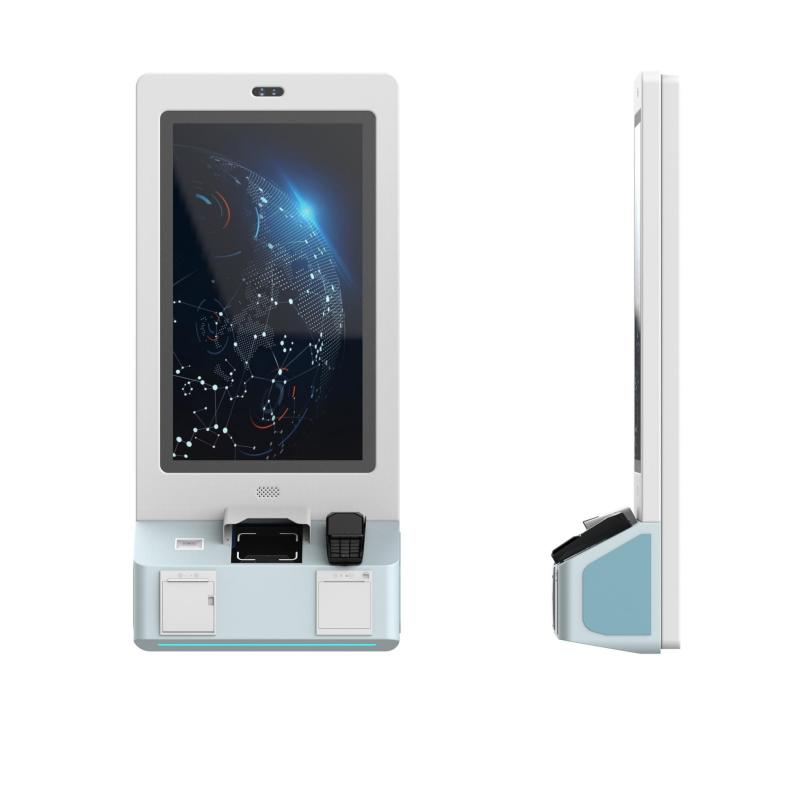
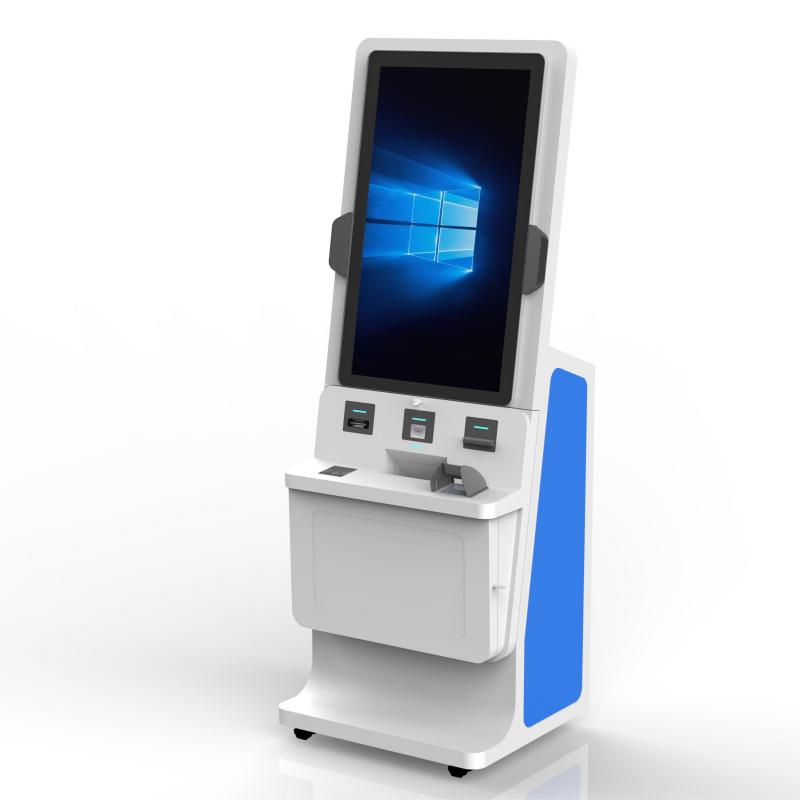
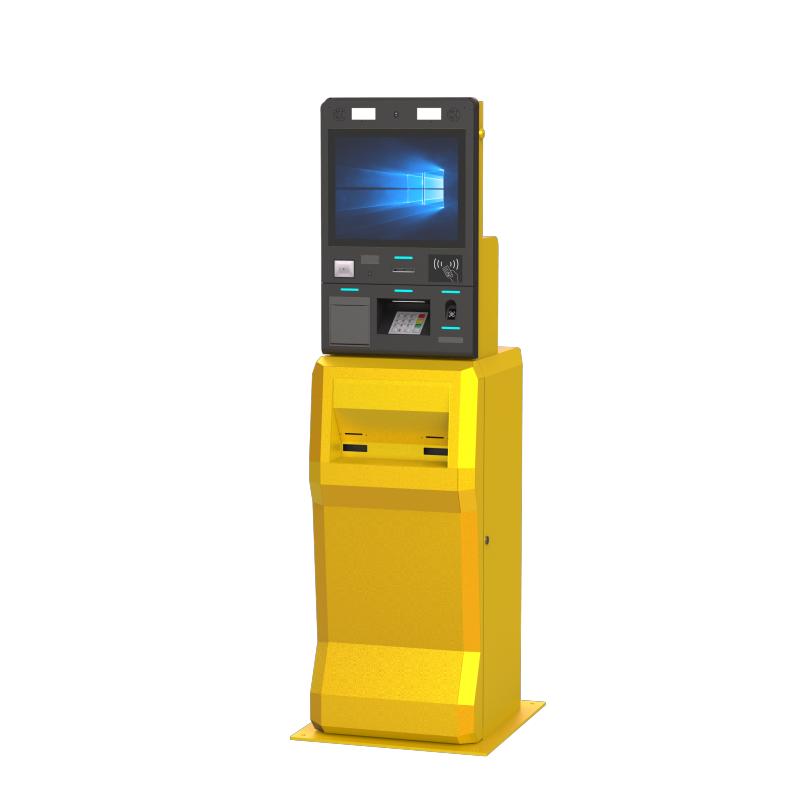
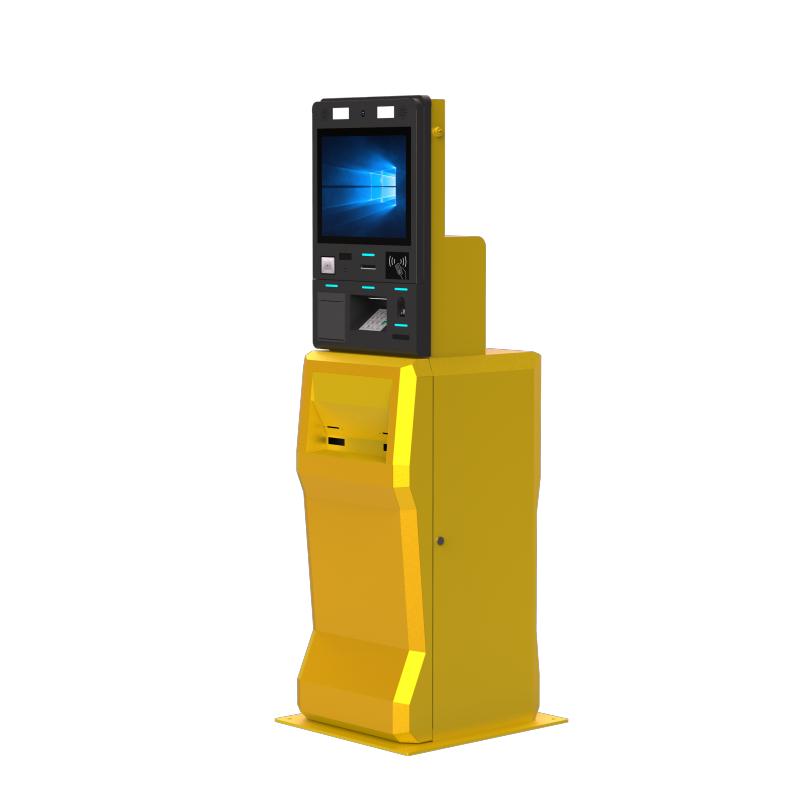
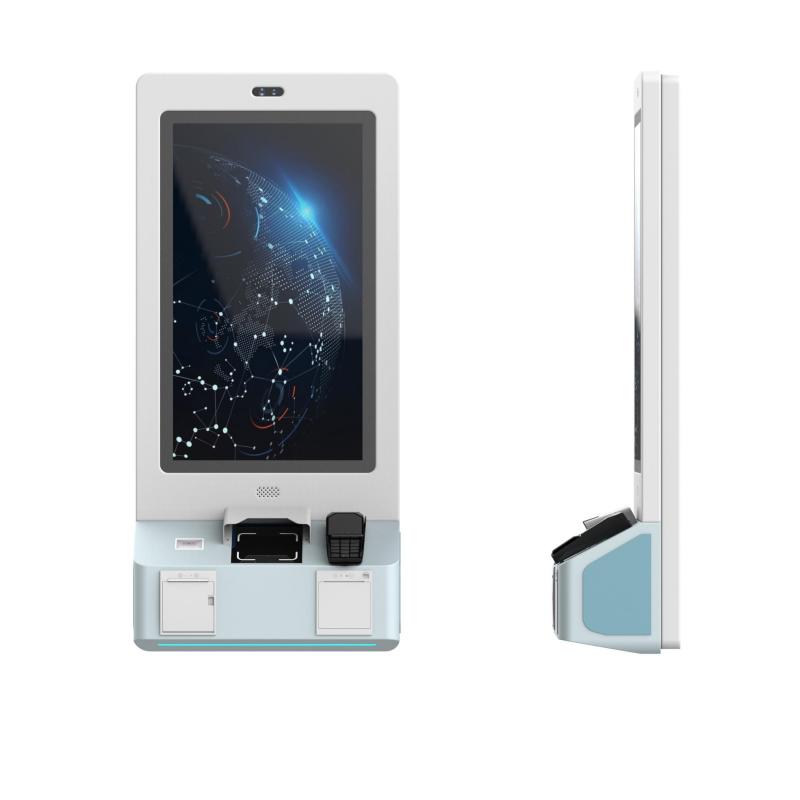
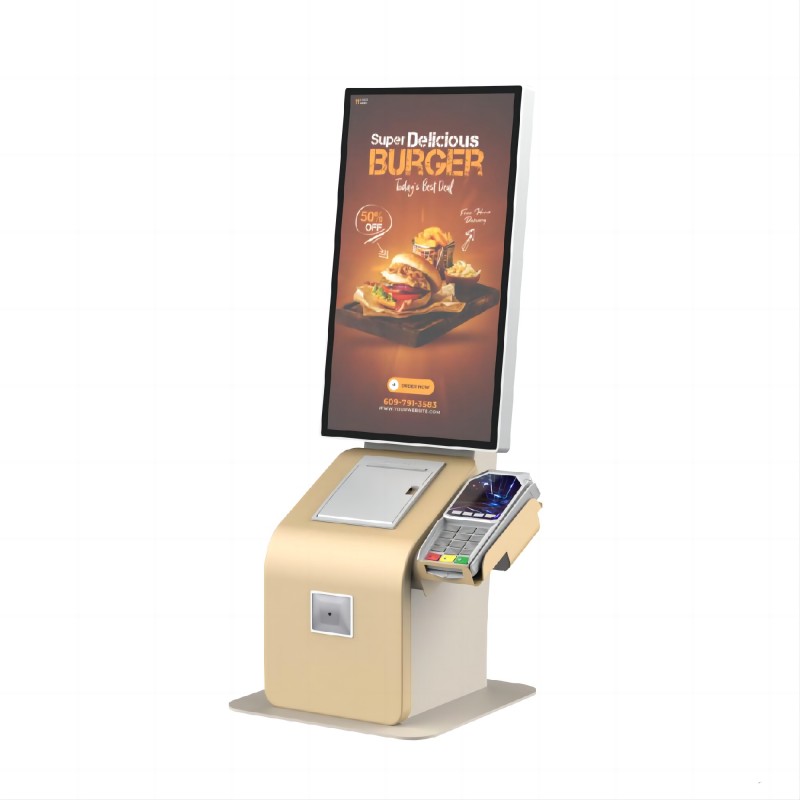
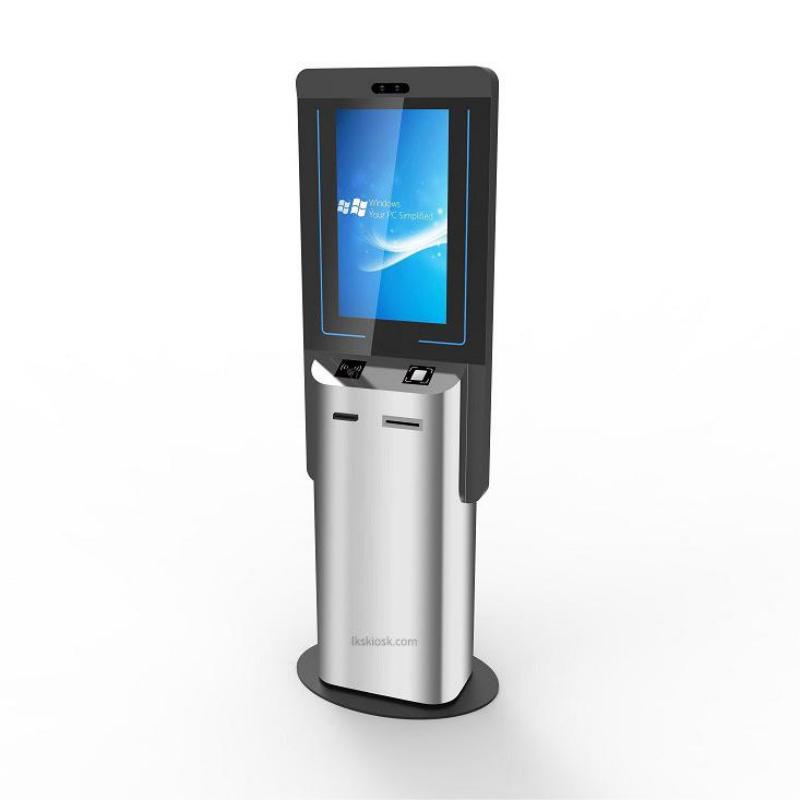
What did our happy clients say?
We are thrilled with our new registration kiosks! The setup was smooth and the support team was exceptional. Highly recommend this supplier for their top-notch products and service.
Fantastic experience with these registration kiosks! They’ve streamlined our check-in process. The quality and customer support exceeded our expectations. Would definitely recommend!
The registration kiosks from this supplier have been a game changer for us. Reliable performance and great customer service. A big thank you to the team for their excellent support!
Excellent registration kiosks that fit perfectly into our operations. The supplier provided outstanding service and the kiosks work flawlessly. Highly recommend them for anyone needing reliable solutions.